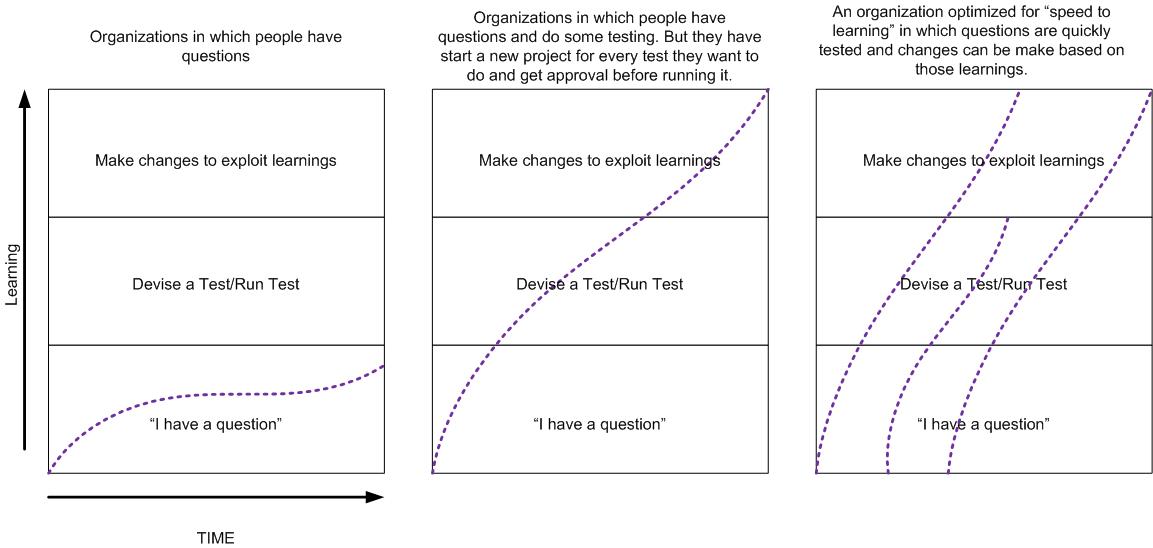Richard Saul Wurman in 33 writes about some things that are deepening my understanding goal setting and altering how I answer, “What am I accountable for?” Here are various thoughts from Wurman that really got me thinking:
- Show you know how to ask the right questions?
- The solution is everything isn’t “more.”
- Show how do your goals (measurements or what you are accountable for) translate into understanding the success or failure of the organization.
- What is the real information that lets someone else understand how you will perform?
- We need to measure our annual success by what you do every day.
- Talk about performance rather than how (we don’t want to use a vocabulary that encourages makeshift solutions that distract us from real problems.)
- Don’t put down a goal that is based on your expertise. Instead talk about what your are ignorant about, your desire to learn about something, your desire to create and explore, and navigate paths to knowledge, that curiosity is a bucket that is infinitely deep bottom that represents an unlimited repertoire.
References
33: understanding change & the change in understanding by Richard Saul Wurman

